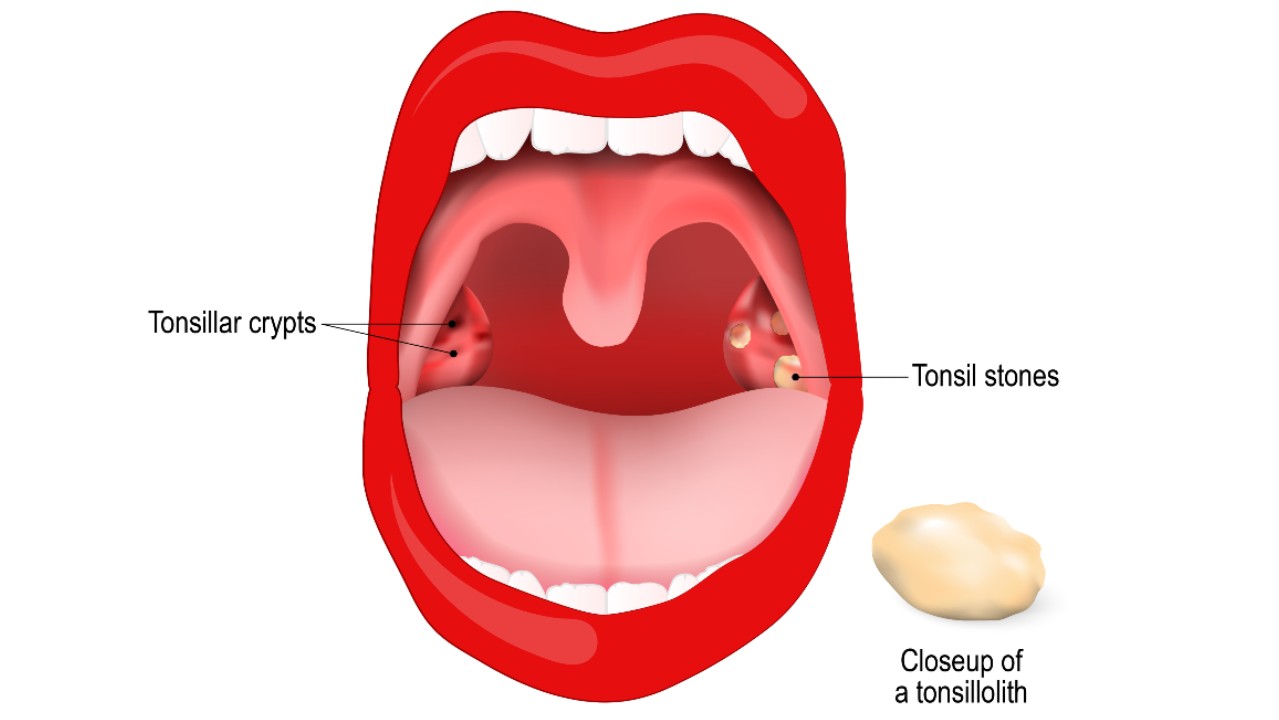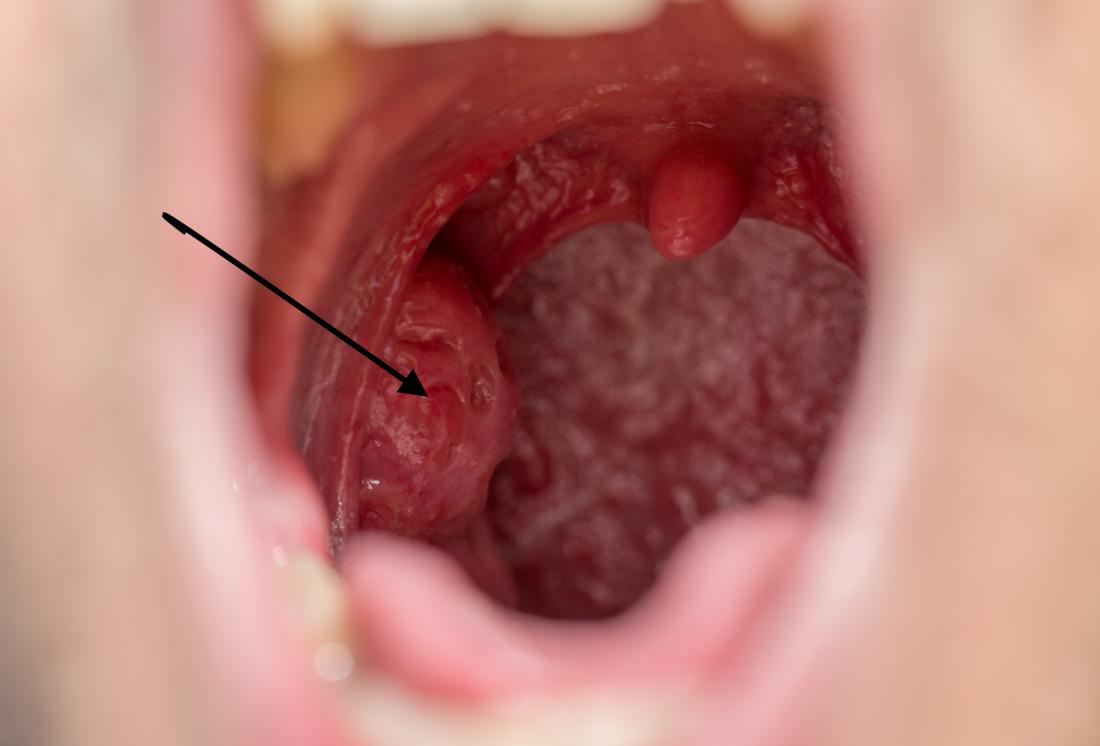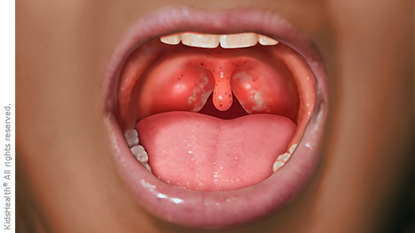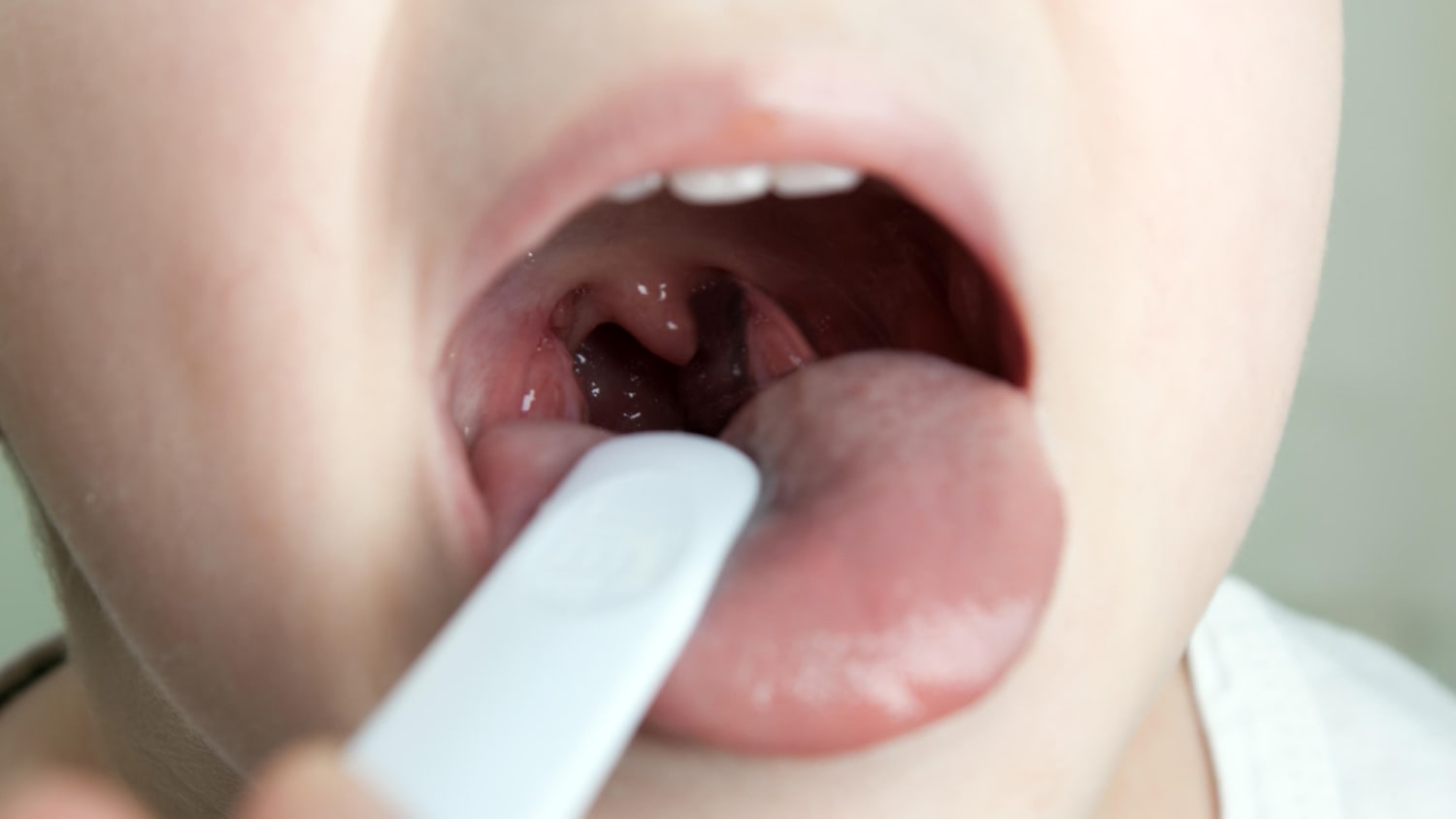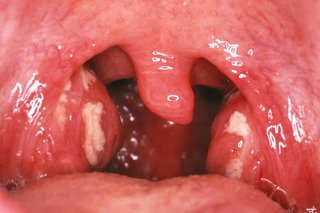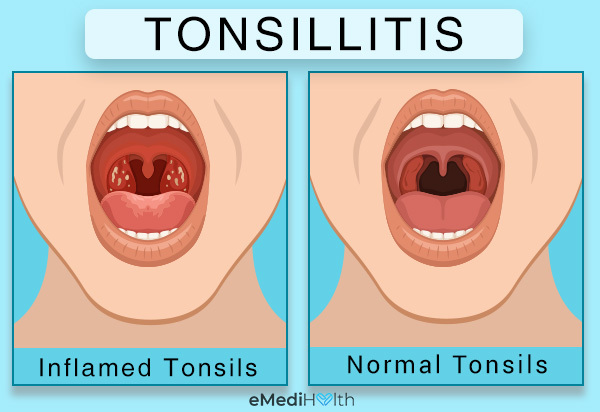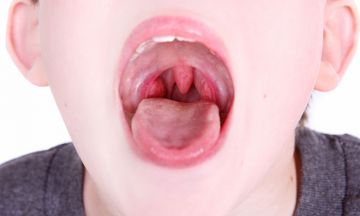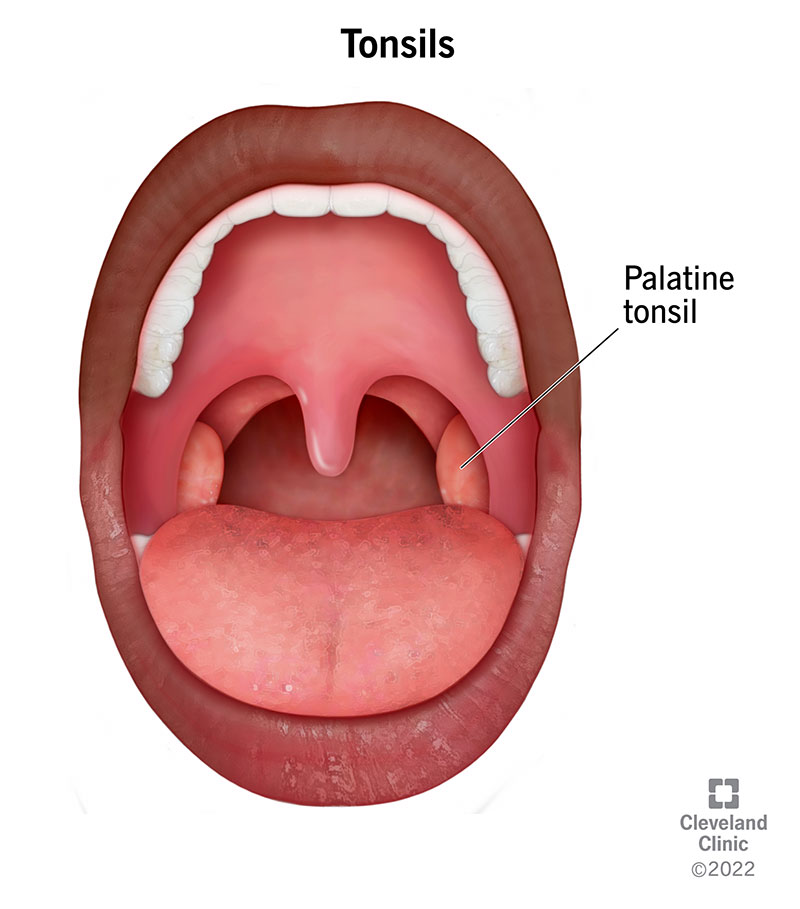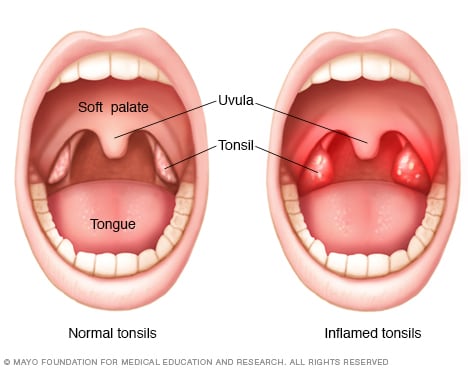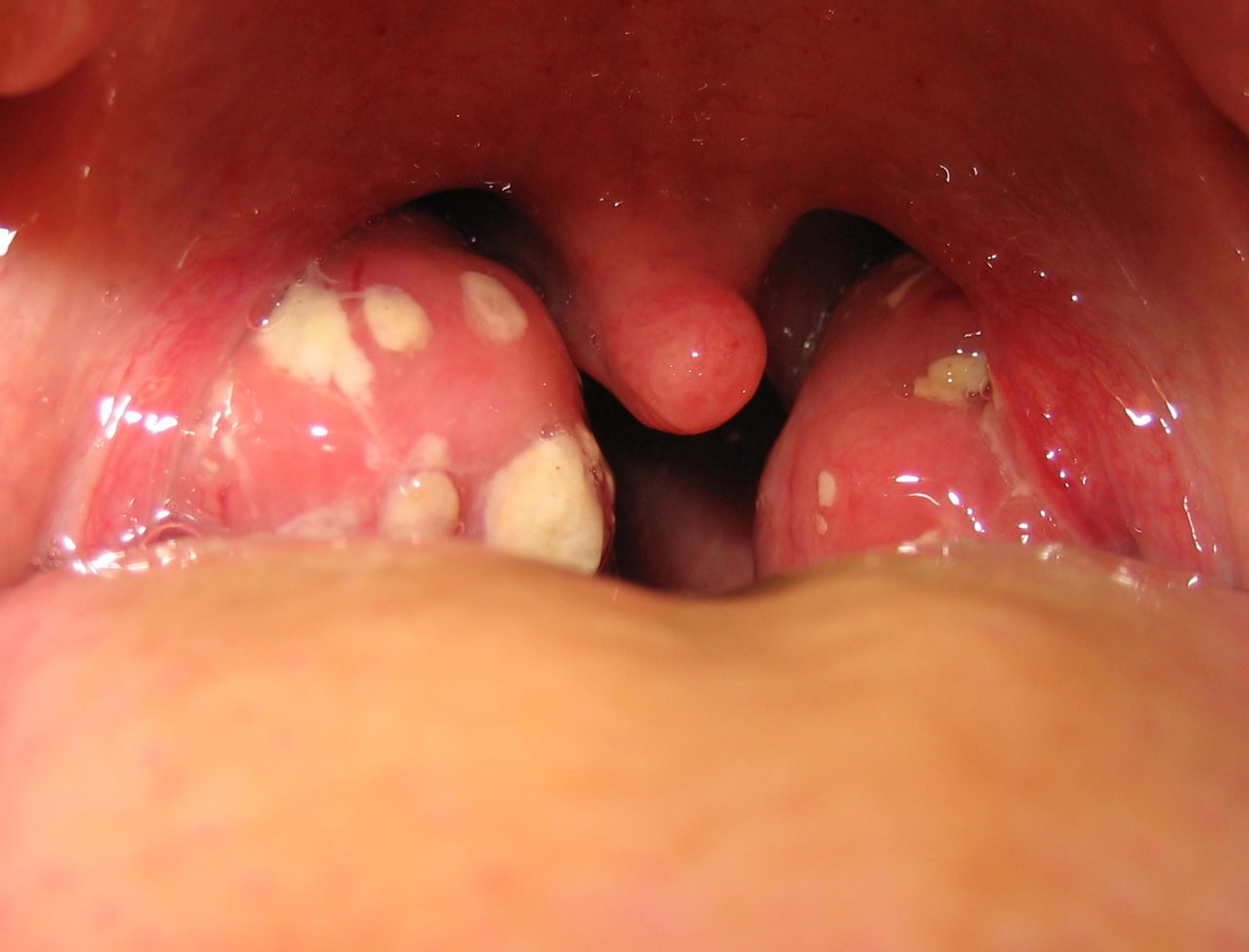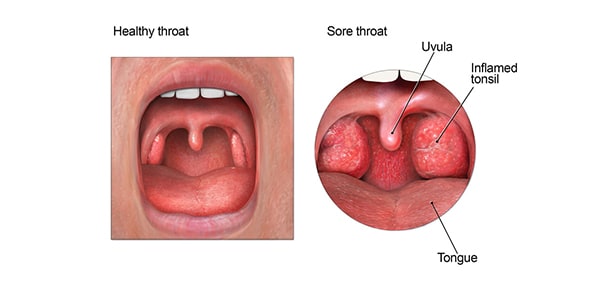Have A Info About How To Check Tonsils

Examine your throat for redness, swelling or white spots on your tonsils.
How to check tonsils. If you can see the tonsil stone, you may be able to remove it by gently pressing on the tonsil with a cotton. To check your child's tonsils, gently place the handle of a spoon, if possible, on their tongue and ask the child to say aaahhh while you shine a light on the back of the throat. A doctor can usually tell it's tonsillitis by asking about your symptoms and looking at the back of your throat.
A swab test to see if bacteria are causing your tonsillitis (a cotton bud is used to. Typical brushing and flossing ought to be carried out a minimum of 3. Tonsil stone symptoms differ, based on the size and place.
Shine a light into your mouth and look in a mirror so you. Other debris can accumulate in these holes in your tonsils. Your doctor or ent surgeon can visualize the tonsils directly by having your child open his or her mouth widely.
A throat culture can check for different bacterial infections, including tonsillitis, strep throat and pneumonia. You can get cryptic tonsils because you have naturally wrinkly tonsils, which are more prone to trap food. Underlying infections that can cause enlarged tonsils and adenoids include:.
How are enlarged tonsils evaluated? This one is kind of gross, but it’s a great way to know if you have tonsil stones or not. In some instances, they might trigger a foul odor or negative breath.
If your provider thinks your tonsil pain is due to mononucleosis, they. Ask about other symptoms you’ve had, such as a fever, cough, runny nose, rash or stomachache. Check how your tonsils smell.
It may combat bacterial growth and infection. Examining your throat and neck.


